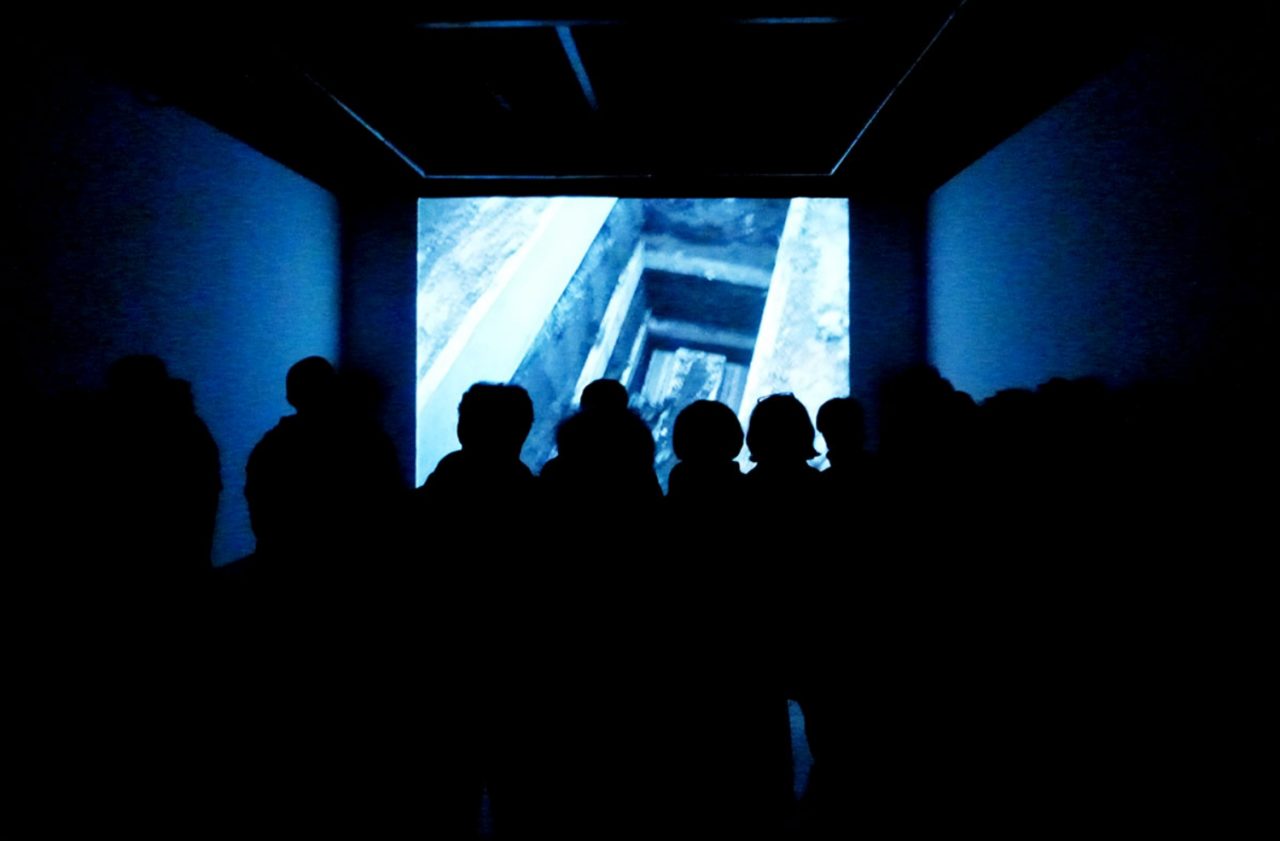On the 20th anniversary of Martin Kippenberger’s death on March 7, 2017, we screen Heimo Zobernig’s Film Für Martin Kippenberger (1997) in Garage 50.
Heimo Zobernig created a video that is unusually emotional for him – based on his personal grief over the death of his friend, the artist Martin Kippenberger, on March 7, 1997. Zobernig developed it by taking up or modifying a video project that he had planned as his contribution to a joint exhibition with Martin Kippenberger and Hans Weigand at Trabant, a scene bar in Vienna with gallery activities. Because this exhibition was meant to be a project by three men, Zobernig originally wanted to paraphrase machismo and political incorrectness in a humorous way. In an allusion to his own part as the “Third Man,” the theme song from Carol Reed’s renowned film of the same name from 1949 was thus supposed to play a role in this endeavor. After Martin Kippenberger’s death, the part of the “Third Man” was shifted to the friend who was no longer present. The fact that Carol Reed’s film begins with a burial also influenced Zobernig’s decision to integrate Kippenberger’s burial into the video footage.
The video Für Martin Kippenberger (1997) thus has two parts with exactly the same duration. The first confronts the audience with a monochrome green surface. One then sees Hans Weigand, Heimo Zobernig, and other musicians with guitars in a recording studio, as well as Franz Pomassl at the mixing console. Zobernig is wearing a mask that exaggerates male and female features: a blond wig with long hair, a “schnorz” (glasses with a broad nose and mustache), and glued-on eyebrows, further lengthened with yellow post-it notes. On the guitar, Weigand develops the theme song of the “Third Man” and is accompanied by the others in the process. In this footage, texts that Zobernig wrote and presents himself in speech-song are mounted within the framework of Franz Pomassl’s sound production. The sentences are melancholy, including “ich stehe auf der Brücke und schaue in das schmutzige Wasser” (I stand on the bridge and look into the dirty water) or “where everything is bad it must be good to know the worst” – a quote after F. H. Bradley that, as a motto, is prefixed to a chapter in Theodor W. Adorno’s Minima moralia (second part, 1945).
The second section of the video shows footage that Zobernig shot at Kippenberger’s burial with a camera wedged under his arm. One sees the funeral procession on the way to the grave, accompanied by the bell ringing. There, Karel Schampers, a curator at the Museum Boijmans van Beuningen in Rotterdam, where Kippenberger’s final exhibition organized during his lifetime was shown, gives a speech. The film ends with a panning shot to the coffin in the grave covered with soil and flowers. For the presentation of this video, Zobernig defined special conditions: it has to be projected onto a big screen and – corresponding to the musical intentions of Pomassl’s sound production – feature very loud sound. The audience is supposed to be standing.
Axel Haubrok / Heimo Zobernig
List of works
Heimo Zobernig
Für Martin Kippenberger, 1997
